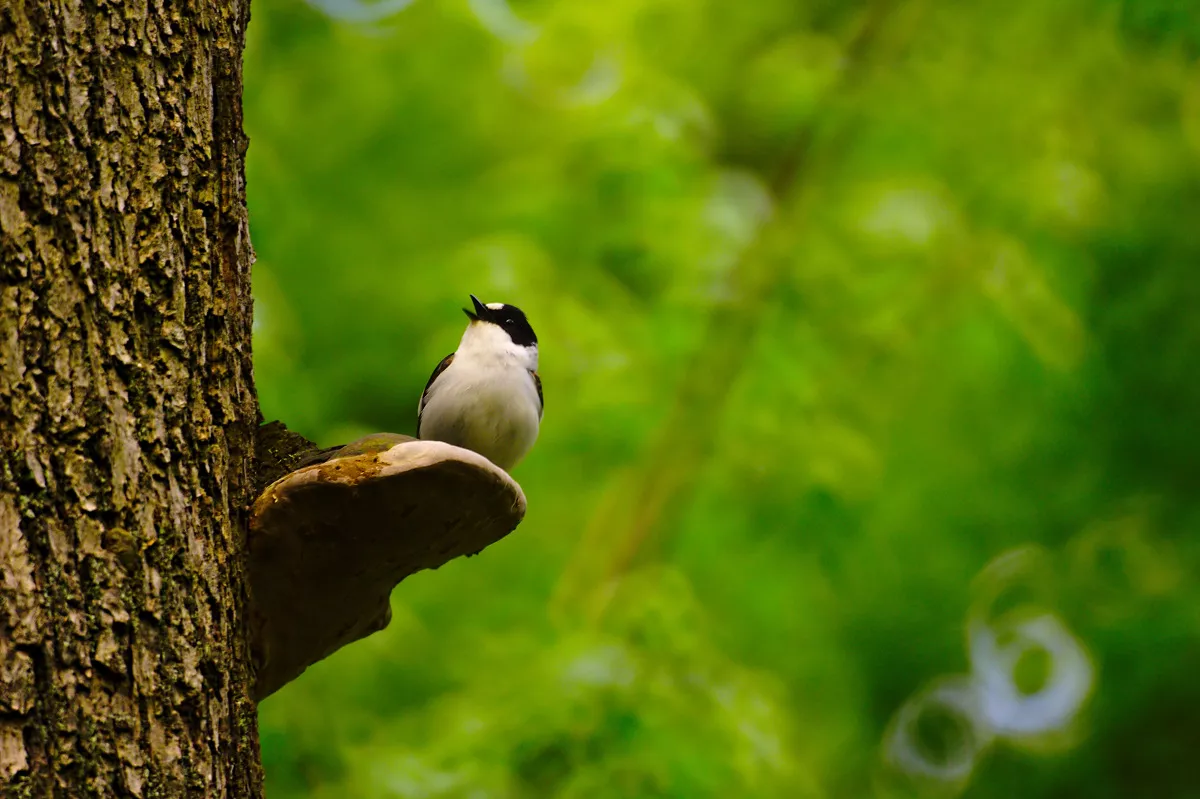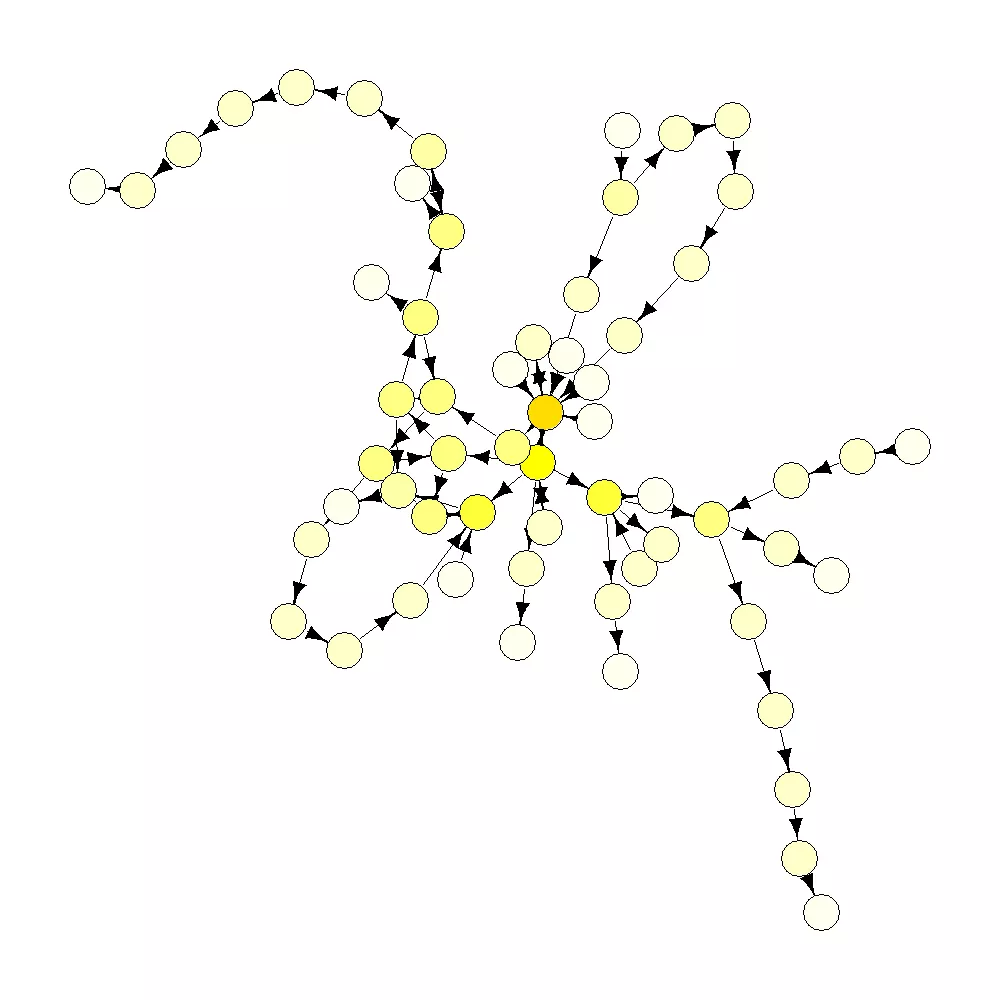The sequential organization of birdsong has been studied on collared flycatchers by the researchers of the Evolutionary Ecology Group (ELKH Centre for Ecological Research, Hungary) and the Behavioral Ecology Group (Eötvös Loránd University, Budapest, Hungary). The results were published in Behavioral Ecology. The results indicate that the syntax of birdsong is not fixed, but changes in the lifetime of the bird. Older males produce songs with longer repeated sequences of syllables, probably thanks to long-term learning processes. The study of the ontogeny and evolution of animal communication can help us to better understand the adaptation of animals to the changing environment and the mechanism of sexual selection. Sándor Zsebők, the primary author of the publication, summarized their research.

Not only humans, but also animals communicate with acoustic signals containing sequences of discrete elements where the order of the elements is not random. However, contrary to human language, we know little about the variety and function of sequential organization in animal signals. To understand this phenomenon, one must reveal the changes of the sequential patterns within individuals through their lives and the differences among individuals. Furthermore, it is also necessary to reveal the function of sequences in terms of the relationship between the sequential organization and the quality and pairing success of individuals.
Birdsong is an ideal model for studying animal communication as it is easy to record and process, and we have a great deal of knowledge about it. Birds signal their territory and advertise themselves in courtship season. Their song can contain such information about the signaler as its physical condition, health and experience, which are all important in territorial conflicts and choosing a mate.

One of the well-known model species used in this study is the collared flycatcher (Ficedula albicollis). In this European passerine bird species, the males sing and defend their territory and attract the females with their song in the courtship season. The researchers recorded the same birds repeatedly on the same a day, on different days and in different years. The order of song elements (known as syllables) was characterized by modern network analysis methods, and the variety of sequences was quantified by the network variables. The authors also quantified the relationship between the network measures and such male qualities as condition, age and arrival to the breeding area, pairing success and survival. Data from about 200 individuals were analyzed.
It was found that the order of syllables was not random. Instead, longer sequences were repeated in the songs. The birds produced syllables in a way that the frequency differences of the consecutive syllables were higher than could have been expected in a random case. This indicates that the males try to show off to advertise their capabilities, as producing sequences in this way is more difficult and requires more effort than singing in the same pitch. The researchers also showed that the differences in the usage of syllable sequences were higher between individuals than within individuals, which further supports the idea that males may express their individual qualities in the ordering of the syllables. It was also shown that older males sing with longer repeated sequences and more unique syllables within their songs than younger individuals. The authors have posited that there are long-term learning processes behind this intriguing phenomenon.



The figures show the network of syllable types. The nodes (circles) represent the syllable types, where the colors indicate the number of connections with other syllable types. The connections (arrows) show which syllable types follow each other in the songs.
Although the researchers could not obtain direct proof of the relationship between the ordering of syllables and the choice of mate, it may be advantageous to listen the ordering in both territorial and mate choice contexts. Older males may have more experience not only in singing but also in territorial fighting, and may also be more experienced in finding good quality nest holes and avoiding predators, something that can also be important when selecting a mate.
These results can support such research directions that aim to reveal the determinants of the evolution of complex communication, including human language. Also, in general, using the birdsong as a model of complex learnt behavior, the research can help us to understand how animals can adapt to the changing environment, something which is essential for predicting anthropogenic effects on wildlife.
Cite:
Sándor Zsebők, Gábor Herczeg, Miklós Laczi, Gergely Nagy, Éva Vaskuti, Rita Hargitai, Gergely Hegyi, Márton Herényi, Gábor Markó, Balázs Rosivall, Eszter Szász, Eszter Szöllősi, János Török, László Zsolt Garamszegi, Sequential organization of birdsong: relationships with individual quality and fitness, Behavioral Ecology, araa104